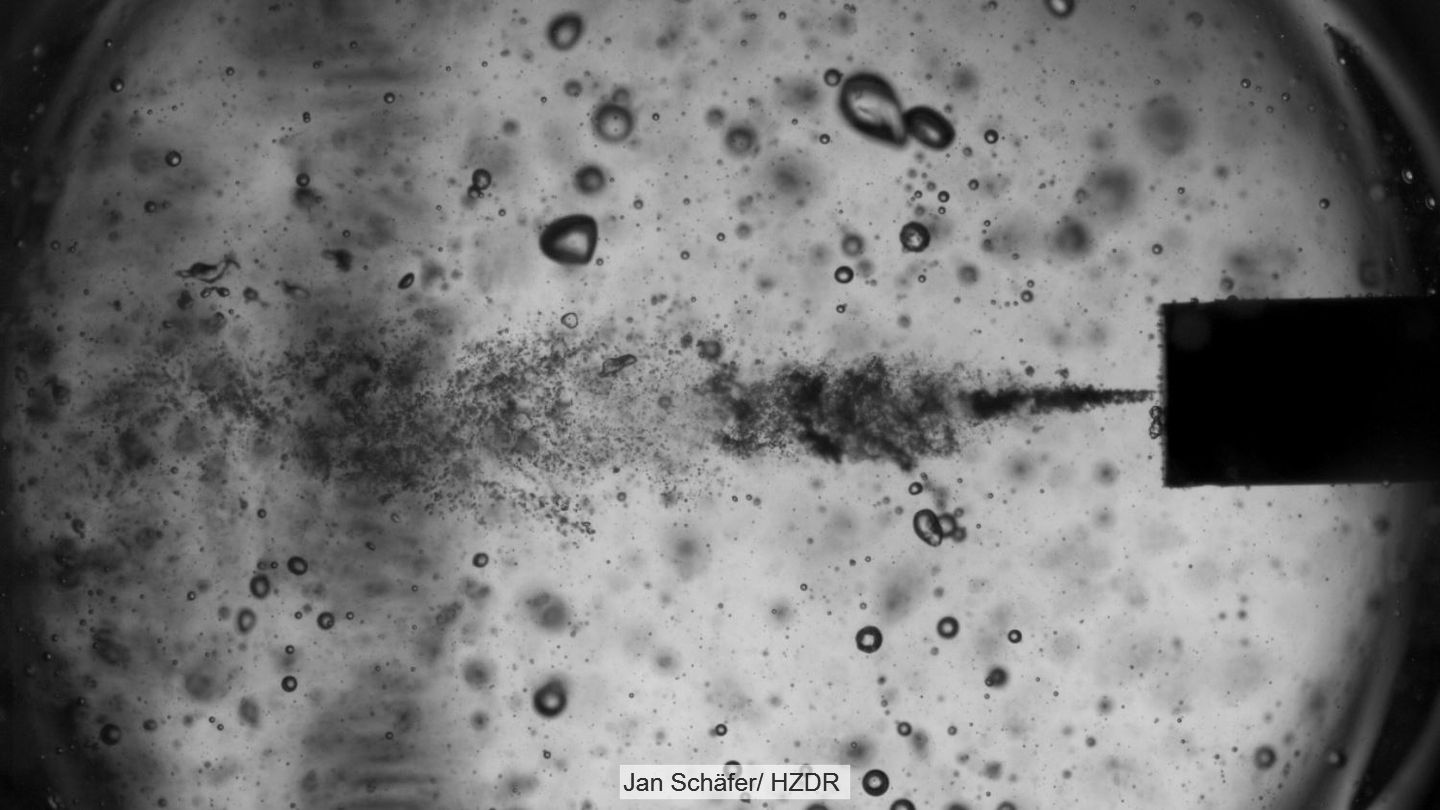An innovative oxidation process for water treatment that can effectively decompose micropollutants is the focus of a new research project at the Helmholtz Center Dresden-Rossendorf (HZDR). As part of the HyKaPro project, the researchers want to prove that the innovative method they developed for treating industrial wastewater can be transferred to a technical scale. The focus is on so-called hydrodynamic cavitation, HZDR reports.
According to the Helmholtz Center, the approximately 10,000 municipal wastewater treatment plants and approximately 3,000 sewage treatment plants operating in Germany often reach their limits when it comes to removing chemically stable compounds. This also includes substances that are not among the contaminants previously prioritized in wastewater monitoring. These new types of pollutants, whose widespread distribution in the aquatic environment has only been demonstrated by modern analytical techniques, are becoming increasingly problematic. Notable examples of these highly diverse man-made chemicals include brominated flame retardants, fuel additives, environmental hormones, and perfluorinated surfactants known from the production of non-stick coatings.
Learn more about the innovative process……

“Certified tv guru. Reader. Professional writer. Avid introvert. Extreme pop culture buff.”







More Stories
Samsung Quantum Dot TV: Art meets technology
Pitch: €56m for energy startup Reverion
Plastoplan: Plastics for Energy Transition